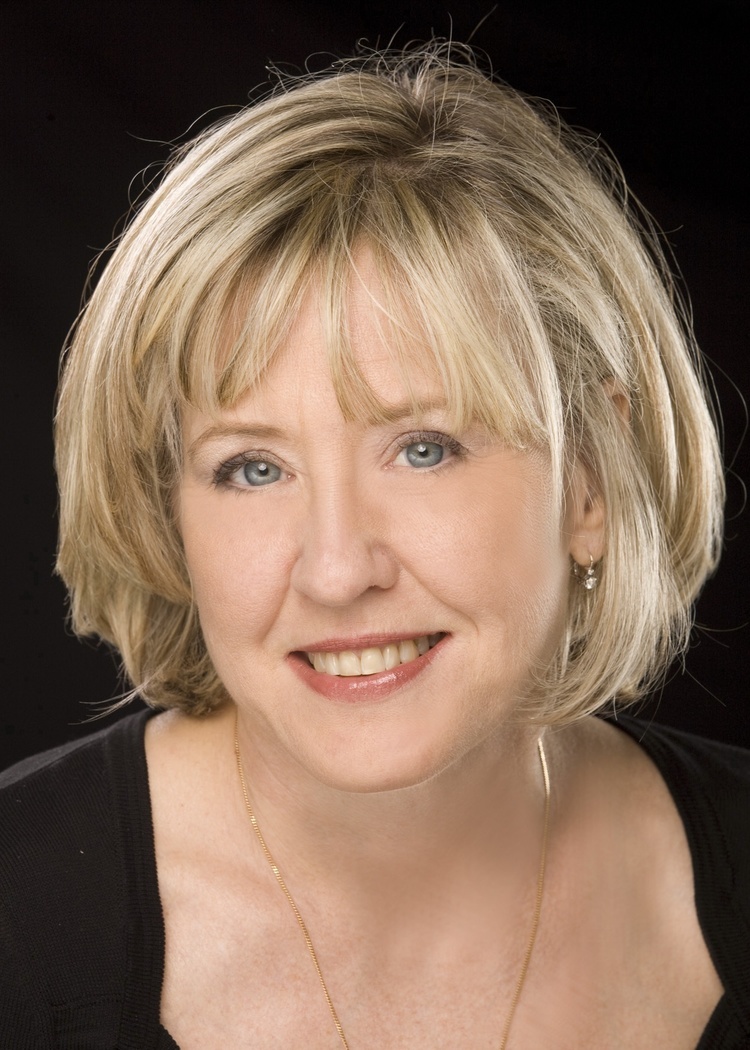In her CD L’Amore Italiano, released on the Kleos label of Helicon Records, Andrea is featured soloist with the Sofia Philharmonic in Bulgaria under conductor Ricardo Averbach. With Udo Heng of Reeds ‘n Stuff in Annaberg, Germany, she is co-designer of the Ridilla-Heng gouging machine, which is patented in the United States.
What or who were your early passions and influences?
My earliest influence was my family. As the 3rd of 4 children, I grew up listening to music all day in the home, listening to my siblings practice and attending their many concerts.
My primary oboe teacher, with whom I studied for 5 years before college, was Dr. Robert Lloyd, graduate of The Juilliard School in NYC where he studied with Harold Gomberg, Principal Oboe of the NY Philharmonic.
I am a graduate of the Oberlin Conservatory of Music, where I was a student of James Caldwell. I also earned both a Bachelor and Master of Music degree from The Juilliard School where I studied with Robert and Sara Lambert Bloom.
Could you tell us a little bit about your primary instruments?I play an F. Lorée (Paris) 125 model oboe. I am crazy about this oboe for its myriad color possibilities and its tonal focus. I also own a Lorée English horn and Oboe d'amore. I play piano and frequently accompany my students in lessons.
You co-designed the Ridilla Oboe Gouging Machine with Udo Heng. Any anecdotes you would like to share about the product development process?
It was a distinct privilege to work with Mr. Heng on the Ridilla Gouging Machine. After having received substantial grant assistance from Miami University Faculty Research Funding, I began my research in 1999 at the Instrumentation Lab at Miami University. With Miami scientists, I designed the blade curve that I was seeking.
I approached Mr. Heng with the results of my research in 2002 in Banff, Canada at the International Double Reed Society Conference. He accepted my proposal to create a machine together. I went back and forth to Germany several times until we came to a product that met both of our standards. The best lesson I learned from him, in the middle of frustration, was "Andrea, there is a reason for everything!" — a calming statement!
Mr. Heng often says I approached him when he was a nobody and trusted in him. We all know he was never a "nobody," but he certainly is "somebody" now. Every serious double reed player the world over knows the name, Reeds 'n Stuff and the expertly crafted precision reedmaking tools created by Udo Heng. He has excellent business acumen, creativity, passion and compassion. He has become a trusted friend.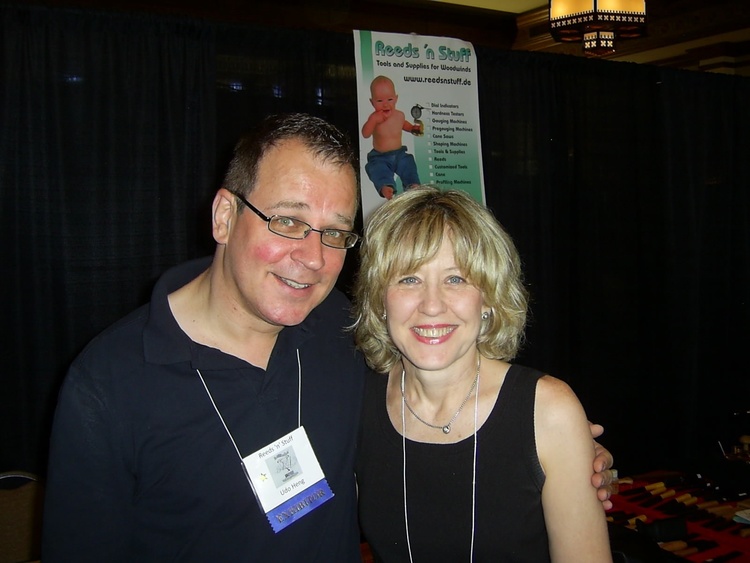
Of course, I am passionate about reedmaking and could sit for hours on end at the reed table. I view myself as a sculptor trying to bring a piece of grass back to life—a life more beautiful than it ever knew.
I am athletic. I bike and ski and have been on Miami University's Faculty Master's Swim Team. I am proud of my 1st Prize in the Women's 50-meter Breaststroke. I am passionate about culture; I teach a 3-week course in Rome and Florence, Italy each July for Miami University students about the art, civilization and culture of these two fascinating cities. I also am passionate about opera, which inspires me as an oboist. I teach an Honors course each year at Miami University, “Discovering Italian Opera",which includes a trip to see an opera at the MET in NYC. I adore foreign languages, especially French. I take every opportunity to spend time in Europe to improve both my French and Italian.
What would you say are the most important approaches to introducing beginners to learning the oboe?
Begin with an excellent oboe. Look for an oboe that has a reliable mechanism, a true scale and a good tone. You are training the ear first and playing the oboe second. For beginners, locating a used Lorée, perhaps purchased from a college student who is upgrading, is preferable to having the parents purchase a new instrument that is student-oriented. A professional oboe will contribute enormously to the early processes and will retain resale value. Next, use consistent reeds every day; therefore find a good teacher. The "teach yourself" method of oboe playing is a recipe for bad habits. Practice, scales, études and sight-reading every day. If you are a teacher, from the very beginning add the assignment to play familiar melodies from the classical repertoire, even if you have to notate them in a simpler meter for youngsters to be able to read. As the great Bobby McFerrin advises, always have the student play a melody of choice each week "by ear," eliminating the barrier of notation that, sadly, often lasts a lifetime. (Notated music famously does not look at all like it sounds.) Primarily, strive to be a musician and not a technician.
Unlike the academic calendar, music is a 12 month proposition. I recommend that students attend summer music festivals all summer long from as early as age 12 onwards. The secret: the more you play, the better you play!
Anything else you would like to add?I encourage students to listen; all oboe playing begins with a sound concept that speaks to us through the ear. And oboe playing is a living, breathing art form evolving every day. I am inspired by the excitement that Liang Wang, Chinese-American Principal Oboe of the New York Philharmonic has brought to the world of American oboe playing through his total mastery of the oboe and his profound insights into reedmaking. His talent for making music on the oboe is at a level seen rarely --occurring perhaps at most once-in-a-generation. I recently spent an afternoon with him in his studio in NYC. He humbly acknowledges the world-class education he received in the US expressing his gratitude for the opportunities that he earned in America from a very early age. Liang and I share the same lineage of teaching, having both studied with Sara Lambert Bloom and so, we communicate on the same wavelength. Liang is truly on the cutting edge of oboe playing. His tone is unique—warm, velvety and expressive. And he is kind and generous, witty and warm, respectful and trustworthy—a "mensch" as some would say.
I am proud to know him and especially, to gain his insights into his world of oboe playing. In addition to his passion to teach and to mentor the next generation, Liang is a world ambassador for wind music and for cross-cultural connections.
In April 2012, Andrea was guest artist at the Moscow Conservatory of Music and the St. Petersburg Conservatory of Music performing, giving oboe masterclasses, and reedmaking masterclasses. In March 2012, she was the guest oboe professor at the 3rd Encuentro of the Asociación de Doble Caña of Seville, Spain. In 2010, she appeared as soloist at the Musica no Museu Festival in Rio de Janeiro, Brazil as well as concerto soloist with the Quito Orquesta da Camera in Ecuador. She has also been concerto soloist with the Guayaquil Symphony Orchestra in Ecuador, the Festival Echternach in Luxembourg, the Moselle Music Festival in Germany, the Classical Music Festival Orchestra in Austria, the Westmoreland Symphony, and the Ashland Symphony. She has been a guest performer in several concerts with Camerata Pacifica in Santa Barbara, California. She has performed solo recitals throughout Italy: in Rome, Florence, Turin, and Pisa. She won the top prize for winds at the Munich Preliminaries of the Torneo Internazionale di Musica Competition, and was one of six international soloists invited to Rome in May 1998.
She was awarded fellowships to Tanglewood, Yale at Norfolk, and the Music Academy of the West. Prior to her appointment at Miami University, she served as principal oboe with the Las Vegas Symphony, Rhode Island Philharmonic, and the National Orchestra of New York. She has been on the faculties of the University of Nevada, Las Vegas, and the New York State Summer School for the Arts at Saratoga. Her oboe teachers have included Robert and Sara Lambert Bloom, Louis Rosenblatt, Allan Vogel and James Caldwell. She studied reedmaking and gouging with Joseph Robinson, and took perfection classes with Hansjörg Schellenberger, and Maurice Bourgue.
Source: forkedf.com, May 13th 2016

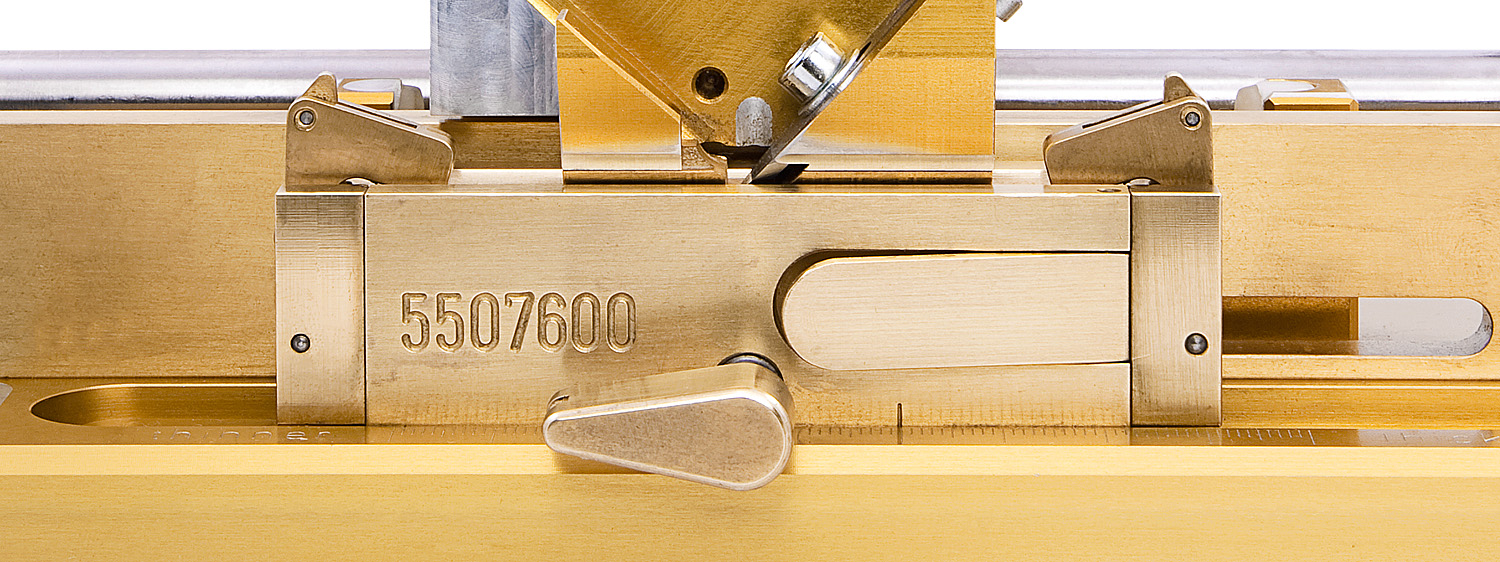

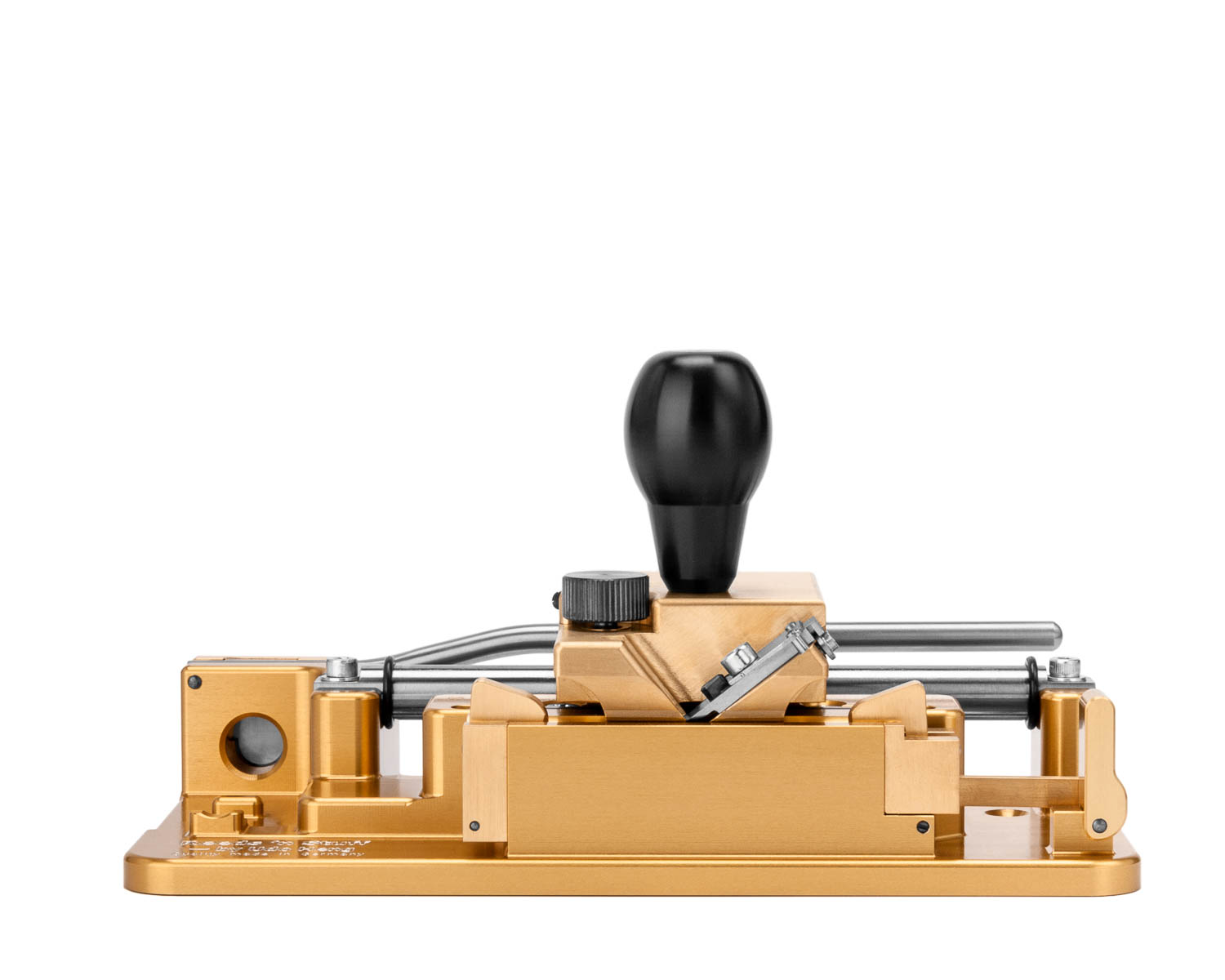
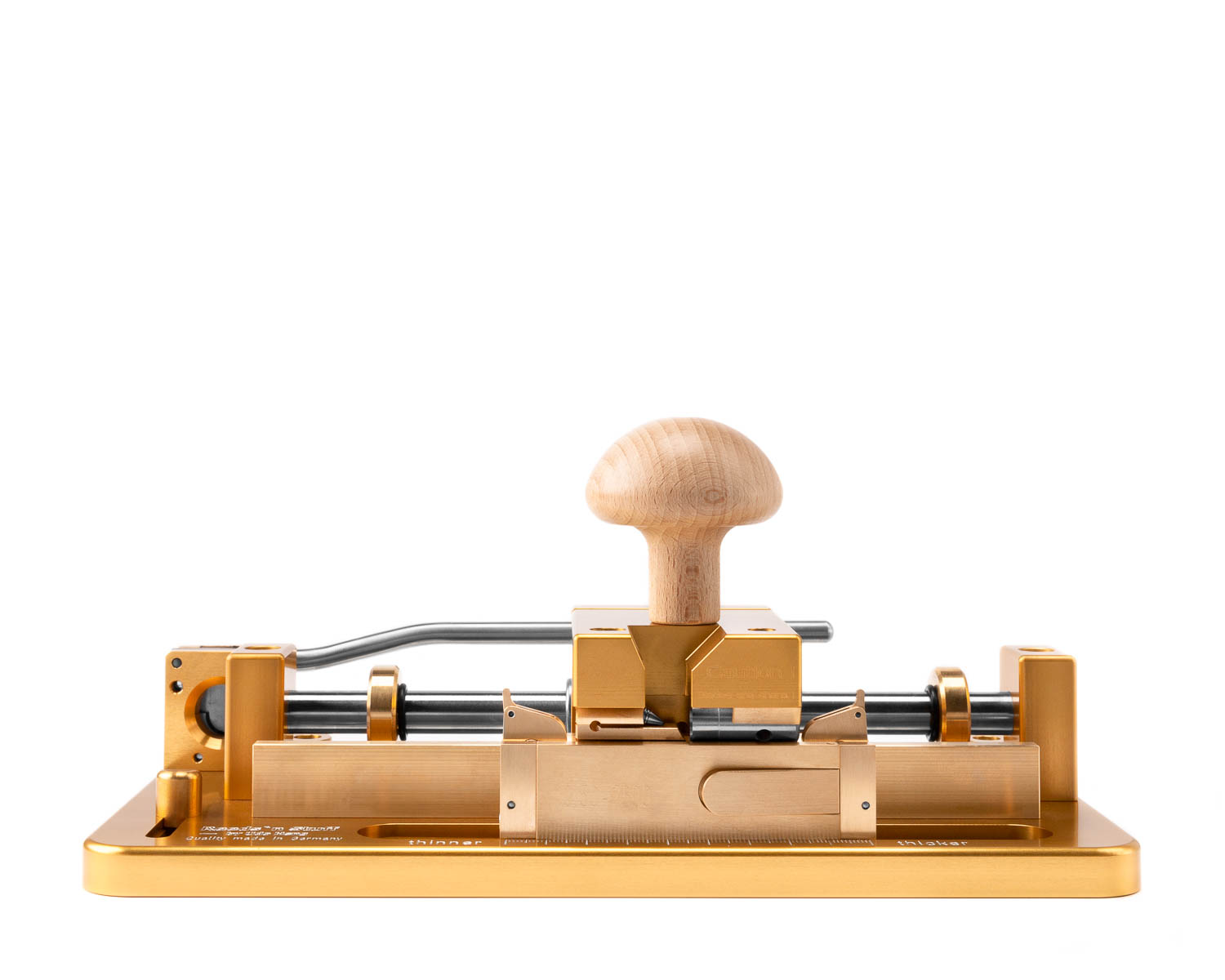
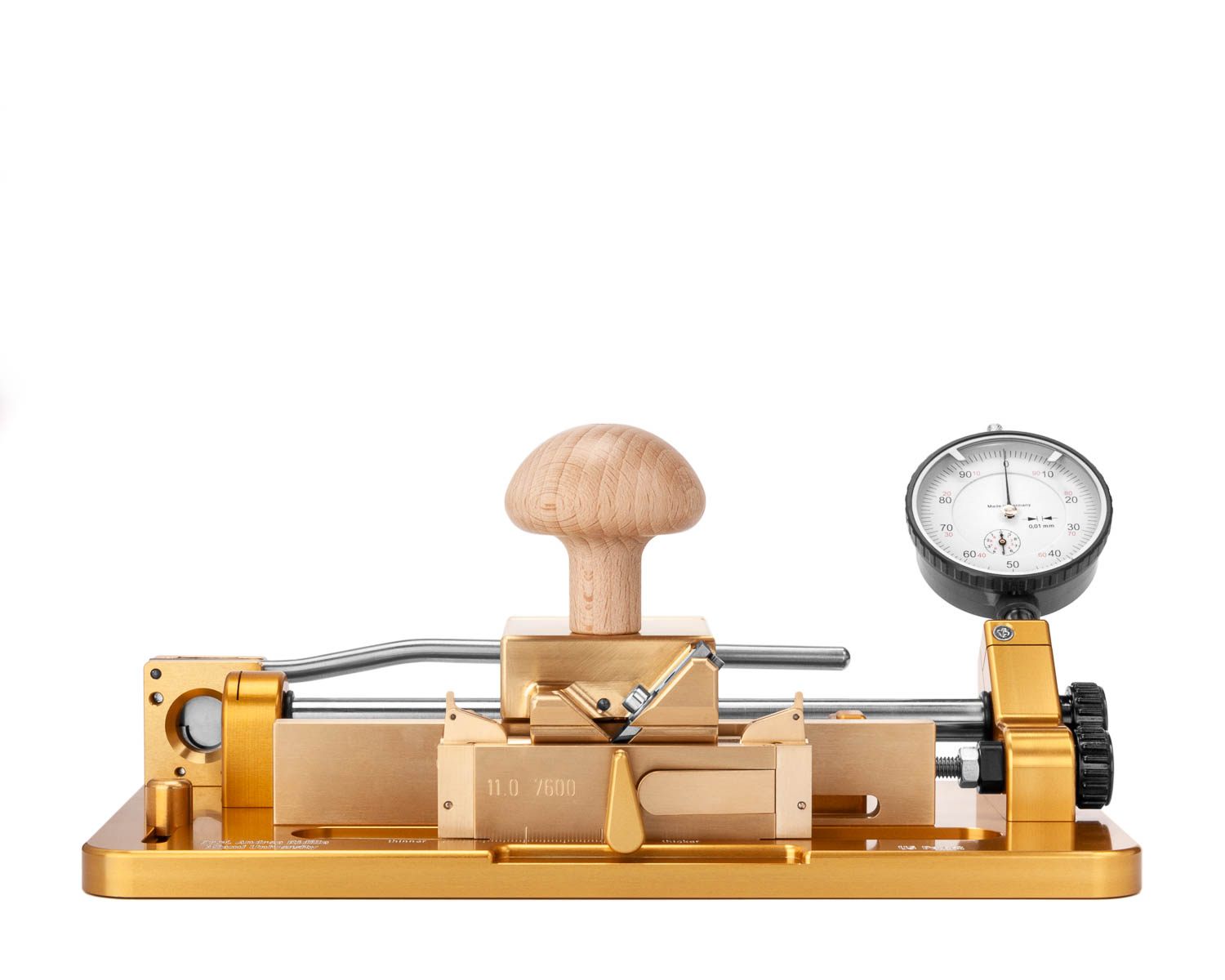
.jpg)


